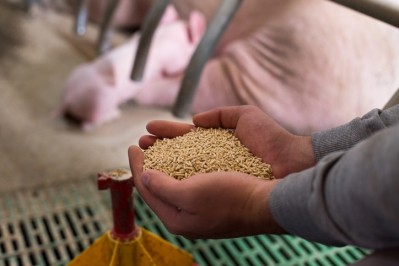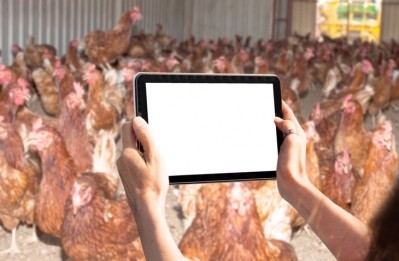reports from One: the Alltech Ideas Conference
Conference hears big data central to feed industry's future

However, the technology gap that may limit the use of big data, new processes or understandings of microbiology will also have to be addressed.
We caught up with Karl Dawson, Alltech vice president and chief scientific officer, at One: the Alltech Ideas Conference to talk about the company’s ongoing research and what he sees as next generation feed and animal production tools.
“We have decisions to make in terms of sustainability but our future is already set,” he told FeedNavigator. “We’re going to change. We’re going to take on some of this technology [and] the biggest barrier is getting young people excited [about it].”
Developing technology
One of the new processes that the company is starting to use allows researchers a way to see exactly how different feed additives or supplements influence the populations of microbes in animals’ intestinal tracts, he said. The company has started using a deep sequencing process to establish reproducible fingerprints to determine the impact of its existing product portfolio.
The process could be used to prevent problems or track how ingredients produce a reduction in pathogenic bacteria as producers seek to move away from using antibiotics, he said. “We’re taking pictures of what the good populations are and what the bad populations are, and it just surprised me because I never expected to be able to see that much detail,” he added.
That research also generates a better understanding of how to manipulate microbial populations, said Dawson.
“Now that we can see those changes, we start predicting what’s going to happen and, we can start screening things like organic acids, minerals [and] different types of mineral components to change those microbial populations,” he said. “That opens up whole new areas.”
“I think we’re going to find those tools not only influence health but performance of the animal and the way we use feeds overall,” he said. However, the outcome likely won’t be a single tool or feed additive but a strategy for producers to use, said Dawson.
The company also is working to develop feeding systems to account for the replacement of antibiotics or antimicrobials, said Dawson. And they are exploring alternative ways of controlling parasites.
“We have successfully done some feed lot studies, [where we] have taken antibiotics out of diets,” he said. “It’s not one program but several different components that are changed in the diet and we have been very successful in replacing some of the ionophores and antibiotics that are used in feedlot diets.”
Engaging students
However to make the best use of these and other emerging technologies, the feed and agricultural industries will have to both engage younger people and ensure nutritionists are trained in the use of big data, said Dawson.
Engaging the next generation of the industry should involve encouraging students to enjoy science and maths while at school and teaching them about career options involving agriculture, he said.
There is going to be a change in the way nutritionists think about nutrition, said Dawson. "It will remain important for them to understand traditional components of feed formulation," he said. "However, they will also need to work with greater precision and look at the dynamics and kinetics involved."
Alltech's in-vitro fermentation model (IFM) looks at ruminant diets as whole diets and evaluates the digestion process in the lab, he said. The ability to see how small changes in diet composition alter digestion in cattle allows for greater accuracy in diet formulation, he added.
“Those are the kinds of tools that the new nutritionists are going to have to work with,” he said. “We’ve got to start educating people on how to do that.”
A fat future
In addition to the technologies in development, there are areas that may see more interest in the future, said Dawson.
“I get excited about fats – different sources of fats and different processing systems for fat,” he said. “Fats play an important control role that I don’t think we understand today.”
They are involved in an animal’s physiological development and hormone release and responses, he said. “It’s a whole new area – that’s one that is going to surprise a lot of people,” he added.














